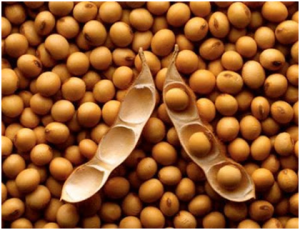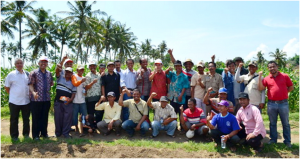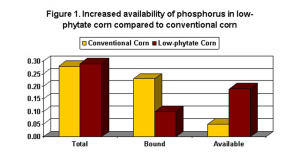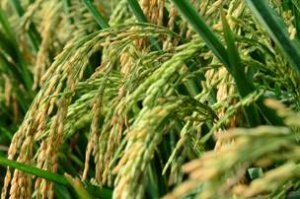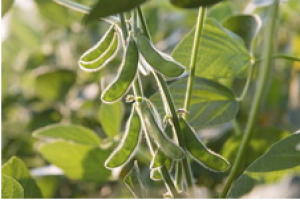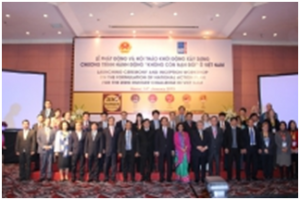|
Science and Culture: Musical genes
Thursday, 2016/02/25 | 07:46:02
|
|
John Carey, PNAS Feb 23, 2016
As an undergraduate at the University of California, Los Angeles (UCLA) in the mid-2000s, Rie Takahashi became so enthralled by science that she shelved her hopes of becoming a professional pianist. But she did have mixed feelings. “I was torn,” the contest-winning musician recalls. “I grew up with classical music and piano, and wanted it to be an active part of my life. So I thought, wouldn’t it be great to tie these two together?”
Takahashi soon got her chance. In an honors science and society seminar in the mid-2000s, molecular genetics professor Jeffrey H. Miller challenged his students to work on projects that might improve or contribute to society. “I suggested to her that, since she had this unique ability, she tackle the problem of putting DNA sequences to music,” says Miller.
Takahashi’s wasn’t the first effort to turn scientific information into musical notes (see, for example, bit.ly/1V1gQJJ). In the late 1970s, for example, jazz French horn player and Yale professor Willie Ruff and Yale geologist John Rodgers created the “music of the spheres” by turning the movement of the planets into melodies. Recent attempts in the life sciences to create music from scientific data have included compositions based on gene expression and epigenetics. Some researchers are seeking to craft pleasing musical arrangements. But there are aspirations for practical aims as well, such as spotting differences in gene sequences or helping the sight-impaired decipher data.
Figure: The tune above is based on the protein responsible for Huntington’s disease. The notes differ drastically from the “normal” case, reflecting how a repeated glutamine sequence causes the protein to malfunction. Listen to the music clip here: bit.ly/1op2J6H. Image courtesy of Rie Takahashi and Jeffrey H. Miller (University of California, Los Angeles, CA).
|
|
|
|
[ Other News ]___________________________________________________
|


 Curently online :
Curently online :
 Total visitors :
Total visitors :
(30).png)





